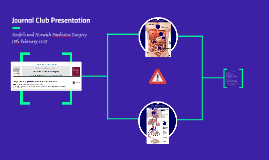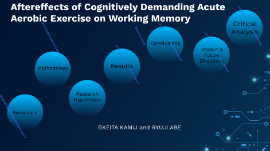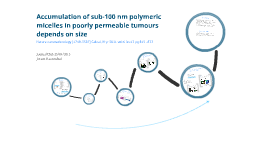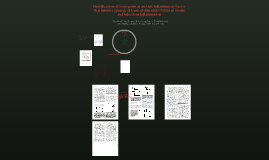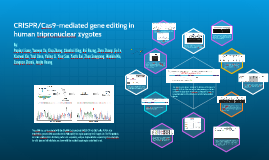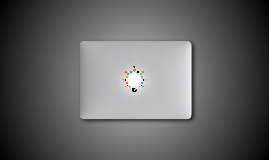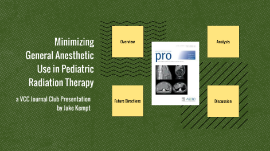JOURNAL CLUB PRESENTATION
Transcript: Instagram and Facebook influence on young women’s’ image: how it affects their self-esteem. Instagram and Facebook influence on young women’s’ image: how it affects their self-esteem. Vitória Magalhães Machado Research tools SURREY SEARCH athenas data base EBSCO DATA BASE GOOGLE SCHOLAR Terms definition Terms Self-esteem Not only the physical aspect but also the emotional evaluation of a person’s self-worth will have an impact on self-esteem (Duschene et al., 2017). Therefore, the self-esteem is also considered as an informer of psychological well-being. (Clay, Vignoles, & Dittmar, 2005). "'Dude, I am really pretty today!' 'Girl, you really are!'" (Ilustraclementine, 2020) Social media platforms imply the presence of others, connecting to others despite the distance. Added to which, social media such as Instagram and Facebook are considered as social facilitators, whose impact will be examined further on the literature review (Wolf, Sims, & Yang, 2018) social media The perception the individual has of themselves physically and how they perceive the reaction of others to their body (Spurr, Berry and Walker 2013). BODY IMAGE "What can not miss in a 'beach body'? Sunscream!" (Ilustra Gabs, 2020) main article ARTICLE Body Dissatisfaction and Psychological distress in adolescents: is self-esteem a mediator? Duchesne, A., Dion, J., Lalande, D., Bégin, C., Èmonde, C., Lalande, G. & McDuff, P. (2016) Introduction INTRO Aim of the article test whether if self-esteem is mediator between body dissatisfaction and psychological distress During adolescence self-esteem is being shaped. Besides that, considering their body changes due puberty it reflects on how they perceive their bodies (Duchesne, A., Dion, J., Lalande, D., Bégin, C., Èmonde, C., Lalande, G. & McDuff, P., 2016). why adolescents "Just like the moon, enjoy your phases." (Ilustragabs, 2019) LITERATURE BACKUP There is a wild range of research relating body dissatisfation with anxiety and depression (Duchesne, 2016); Other authors have shown self-esteem as an influence in body dissatisfaction and depression, however only one research test it (Duchesne, 2016). METHODS OF RESEARCH (Prezi Figures, 2020) pARTICIPANTS Ethics Tests used rESULTS and discussion Results results 59,7% were dissatisfied with their bodies datas 409 participants Girls were more dissatisfied with their bodies (63,5%) and lower self-esteem; also more syntoms of psychological distress DISCUSSION The research verified that the hypothesis is true: body dissatisfaction and psychological distress are mediated by self- esteem BODY DISSATISFATION SELF-ESTEEM PSYCHOLOGICAL DISTRESS analysis






